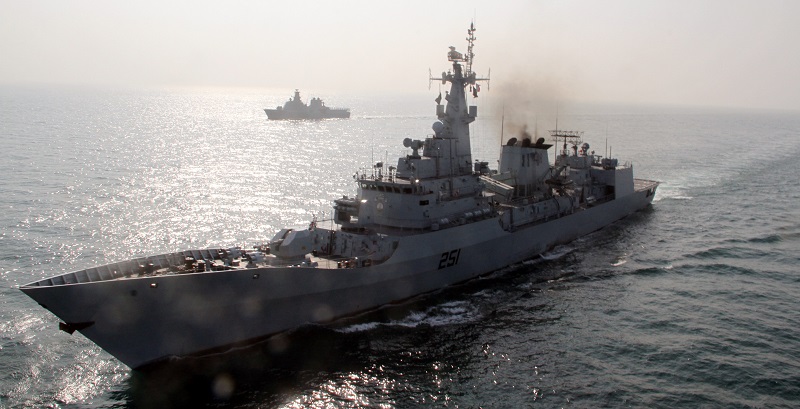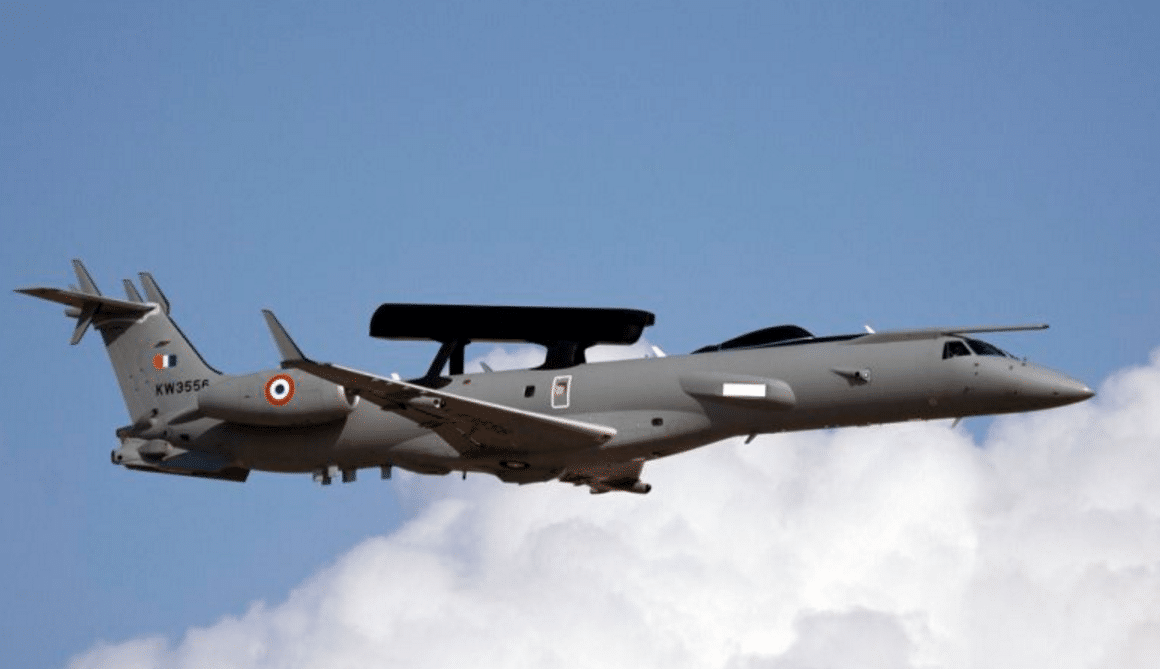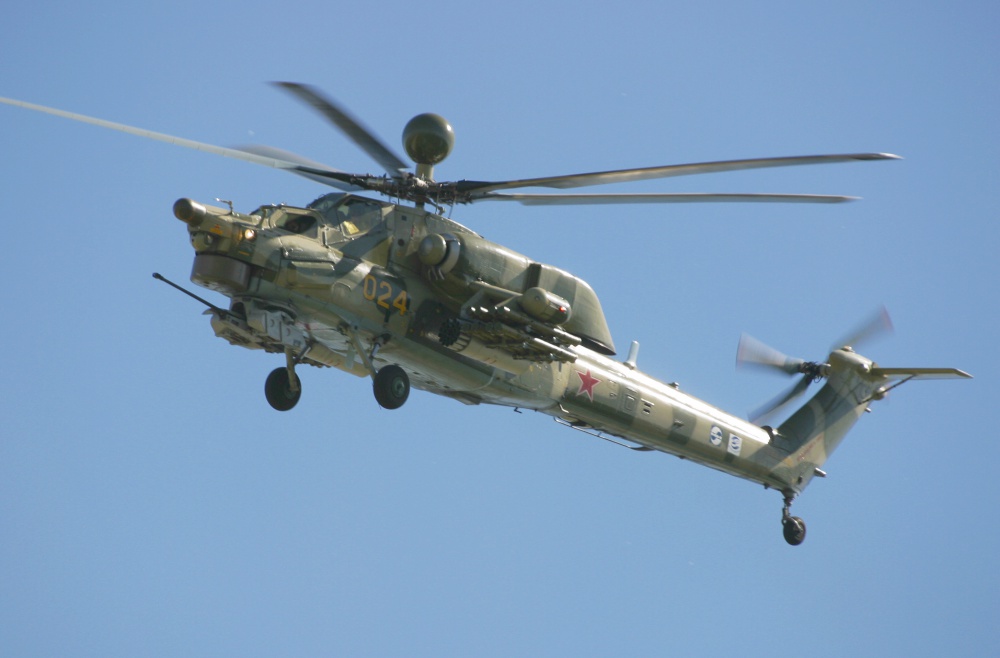2665Views 0Comments

Loaded Procurement Pipeline in Tow, The Pakistan Navy Rises (Part 1)
In 2015, we posed the question, “Is it Finally the Pakistan Navy’s Turn?”
The original article outlined the Pakistan Navy’s (PN) original procurement plans in the 2000s, which it had to shelve in the early 2010s, ostensibly due to Pakistan’s economic troubles at the time.
However, the PN was also constrained by the reality that its budget was the thinnest of Pakistan’s service arms, i.e., behind the Pakistan Army (PA) and the Pakistan Air Force (PAF). Thus, with any initiation of new procurement, the PN was expected to sit at the back of the priority chain.
The Pakistan Navy’s Future Plans in a Nutshell
It is unclear if that chain is still in place, but since 2015, the PN has slotted – and signed – a set of big-ticket contracts for naval assets from China, Turkey, and the Netherlands.
These include:
- eight new Hangor-class submarines equipped with air-independent propulsion (AIP) (China);
- four Type 054A/P multi-mission frigates (China);
- four MILGEM corvettes and frigates (Turkey);
- and two 1,900-ton offshore patrol vessels (OPV) (Netherlands).
Collectively, these procurements will not only recapitalize the PN’s fleet, but expand it across both surface and sub-surface domains. According to the PN Chief of Naval Staff (CNS), Admiral Zafar Mahmood Abbasi, in a July/August 2018 interview, the PN intends to add new aviation assets.
These could include:
- a new long-range maritime patrol (LRMP) aircraft to augment its existing P-3C LRMP;
- an unmanned combat aerial vehicle (UCAV) platform
- and ‘modern multi-function helicopters.’
The list would indicate that the PN does not intend to rely on aging Alouette IIIs or refurbished Westland Sea King helicopters, nor is it undervaluing the need for a genuine successor to the P-3C.
In fact, the CNS clearly placed the P-3C – a LRMP – in a different category to the PN’s newly acquired ATR-72, which it classified as a maritime patrol aircraft (MPA), i.e., differently.
However, besides high-profile procurements. The PN is also crafting a revamped auxiliary/support fleet, namely: a new 3,000-ton ocean survey vessel, a new submarine rescue-and-salvage vessel, and, possibly, an additional new tanker in the future to join the newly commissioned 17,000-ton PNS Moawin.
There is more at play than just accumulating assets. The PN has already built the foundation of a network-enabled warfare capability (developed with Turkey’s MilSOFT), but its far from reaching its potential. This will be realized in full as the PN inducts its new surface combatant and aviation assets.
In part-one, Quwa focuses on the PN’s forthcoming surface combatants. In part-two, we will discuss the PN’s aviation; in part-three, auxiliary/support, and network-enabled warfare efforts; and in part-four, submarines.
Surface Combatants
The make-up of Pakistan’s future surface fleet was covered in detail in previous Quwa Premium articles, but for this piece, the focus is on the potential arrangement.
The PN uses an internal nomenclature for its ships. Ships designated as ‘frigates’ in the UK – such as the Type 21 – are designated as ‘destroyers’ in the PN. However, when speaking externally, the PN could use the original nomenclature. Thus, the terminology of ‘frigate’ or ‘corvette’ may be inconsequential.
To simplify the issue, we will divide the make-up of the PN fleet into heavy, medium, light and shore. Our rationale is not whether the ship was originally classified as ‘frigate’ or ‘corvette’, but its displacement in tons. In turn, that classification could determine the intended role and capability of the ship.
Heavy (4,000+ tons)
With a full-load displacement of 4,000 tons, the Type 054A/P will be the largest surface warship in the PN and, in all likelihood, the nucleus of its future air defence and long-range attack capabilities.
This is true in terms of the relative improvement it will offer once inducted, i.e., an over-the-horizon radar (OTHR) that will enable both the Type 054A/P and other PN ships to utilize long-range ASCMs, or the LY-80N-based medium-range AAW, a capability that does not exist in the PN today.
However, the future is also important.
It is unlikely that the PN would not opt to upgrade its premier ship-class with long-range AAW and higher-output sensors when those subsystems are available. Granted, one could make a case for the PN to add destroyers from China that can already support those systems, but those ships are not available for export.
But seeing China’s drive to emulate current and emerging Western concepts, the idea of a SM-2-like long-range SAM is plausible. Turkey is also pursuing its own line of long-range SAMs (with support from France and Italy), and this could also be a potential option for the PN in the long-term for use on the Type 054A/P.
In any case, the Type 054A/P’s role will likely be to enable other platforms to maximize their ASCM usage (with long-range situational awareness and targeting) and to provide those platforms with AAW coverage.
Medium (2,000 to 3,900-tons)
In this tier the PN will operate its four Zulfiqar-class F-22P and four MILGEM warships, the latter expected to comprise of three Ada corvettes and one Jinnah-class frigate. These ships will augment the Type 054A/P in terms of AShW and ASW, but rely on the Type 054A/P’s AAW coverage and OTH targeting.
However, the MILGEM deal might also be a sign of the PN wanting to evolve its medium-class ships. The clearest indication of this is the inclusion of the Jinnah-class frigate.
The implication is that the Jinnah will spur a new family of ships and, seeing the proposed variants of the Ada, vertical launch systems (VLS) cells are a plausibility. However, VLS at this level would provide the PN’s future medium ships with medium-range AAW, a progressive step forward from current ships.
Moreover, a new family of ships would indicate that the PN intends to enlarge the size of its medium-class ships – and overall fleet – through the late 2020s and 2030s. The decision to buy the design and intellectual property rights is also an indicator of localizing ship design and manufacturing (similar to Project Azm).
Light (1,000 to 1,900-tons)
The Damen OPV 1900 would occupy this tier. Interestingly, the PN is not restricting the OPV 1900 to purely policing the exclusive economic zone (EEZ) or asymmetrical operations.
Rather, the PN will configure its OPVs with “indigenously developed SSMs (surface-to-surface missiles) besides close-in-weapon system, anti-aircraft guns and a modern EW (electronic warfare) suite.”
In effect, the OPV 1900 could emerge as a basic corvette capable of drawing into the Type 054A/P’s long-range targeting for long-range ASCM deployment (i.e., Harba). It should be noted that the baseline patrol variant of the OPV 1900 costs in the area of $50-60 m per ship.
The inclusion of electronic support measures (ESM) and guided munitions will raise the cost, but it if kept at less than $100 m per ship, it would offer the PN an additional and cost-effective fleet-building asset.
It can, in theory, also configure the OPVs for ASW, thus adding to its peacetime patrol and wartime littoral defence, thus freeing the medium and heavy-class ships to operate further offshore.
Fast Attack (250 to 900-tons)
The 560-ton Azmat Fast Attack Craft-Missile (FAC-M) is in this class. With two quad-cell or two triple-cell ASCM launchers, the FAC-Ms have a specific purpose: to deny access to enemy surface ships.
In 2016, the PN had outlined the need for four to six additional such ships, though it reportedly said it will look at Turkish options as well (i.e., not necessarily procure additional Azmat FAC-M).
Besides additional ships, one potential area of opportunity for the PN could be to match speed and low-observability with a supersonic-cruising ASCM, such as the CM-302 or HD-1A. In fact, from an anti-access and area-denial (A2/AD) standpoint, this would make more sense than the Harba.
In today’s AAW environment, the Harba ASCM may be more suited for long-range, land-attack missions (which would make the low-cost FAC-Ms an offensive threat). However, the adoption of PDMS and quick-reaction surface-to-air missiles (SAM) may deprecate the Harba’s value against ships.
With the PAF lacking an asset with sufficient payload capacity to carry current supersonic ASCM, it is up to the PN and its surface ships to acquire analogous capability. The FAC-Ms offer an opportunity to access that capability at a lower-cost and, assuming if additional heavy and/or medium ships are sought, sooner.
Littoral (<249 tons)
The final tier is of littoral warfare assets. These include the Jalalat-II, Jurrat, and MRTP-33 FACs. These will continue operating in Pakistan’s littoral environment to support the PN’s A2/AD needs.
It is not known if the PN will opt to expand this tier, though it would be the lowest-cost option available.
However, with a growing number of AShW capable assets in the larger ship classes, coastal/land-based ASCM batteries, and the PAF’s burgeoning JF-17 fleet, it may not be necessary.
Rather, the emphasis may move to boats to move special operations forces (SOF) around the mangroves, unmanned surface vehicle (USV), and other measures to prevent asymmetrical threats (such as opposing SOF) from penetrating gaps along Pakistan’s shared coastal stretches.
In this respect, it would be worth observing Pakistan’s engagement with US-based Swiftships as well as its known suppliers in Turkey and Poland.
For Parts 2, 3 and 4 of This Series, See Below:
Part 2: Naval Aviation – Read Now
Part 3: The Support Fleet – Read Now
Part 4: The Silent Service (Submarines) – Read Now


